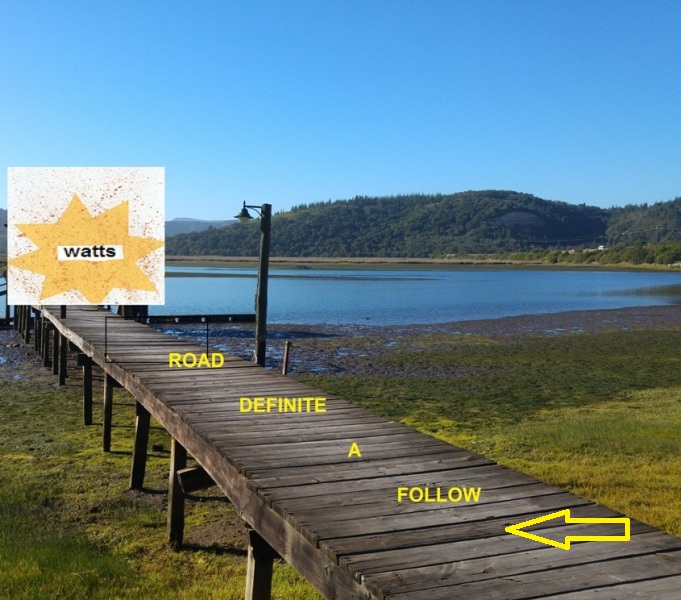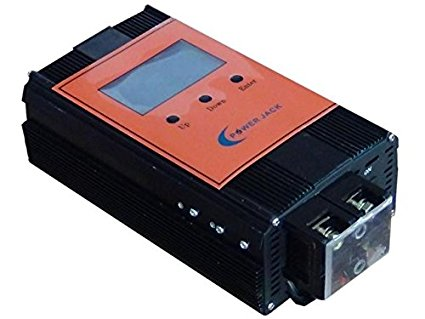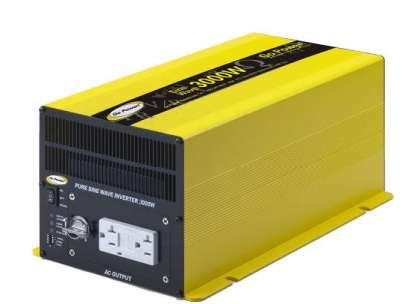- Solar Panels
- Solar Panels Cost Per Watt
- Solar Power System Design
A Solar Power System Design: To be proper and Very Effective.

An effective solar power system design is easy to do. It has one important aspect that not all people always understand.
I got interested in solar and I wanted to design and buy. I wanted a proper system. So I went to a friend of mine and he taught me a valuable lesson.
He said allways decide what you want. Then take your calculator and determine your requirements.
Do not go buy anything before you are certain about the amount of wattage that you need per day. He used to say be certain there is a clear road before you start to walk it.
A solar power system design does not have to be that complicated. I realized that when my grade 10 daughter started investigating solar design.
I explained the basic parts of a solar panel system. Then we talked about volts, amperes, watts, and resistance.
I used the old water pipe comparison to help her understand.
The diameter of a pipe determines the ease of water flow through it. The thicker the pipe the easier the water flows. I.E. less friction or we can call it less resistance.
Now we make the comparison with electricity. Electric current flows through a conductor or wire. The thicker the wire the less the resistance and the easier the stream flows. We measure electric current in amperes.
The amount of water that stored we refer to as a volume. The amount of electricity stored we measure in volts.
We can use energy from the water that flows through a pipe to drive a water mill. At that instance, a certain amount of work gets done.
We can use the volts and the amperes of electricity to drive a motor or an electric light. The work that done we measure in watts.
We then work with the following equation. -- V (Volts or Potential) X I (electric current measured in amperes) = Watts (electric energy)--

If we understand the basics, solar power system designing becomes much easier.
Now I want to come back to the clear road my friend talked about. Before you install a system you must know how much power you want to generate per day.
Only then, as my friend used to say, can you follow a definite route. You can then design and install a solar system for your particular requirements.
When we do a solar power system design we must do what we call the sizing of our home solar system.
Sizing the solar panels.
We must know the amount of electric energy or watts that we use per month. This we can read from our electric bill to do a proper solar power system design.
Let’s say our energy consumption per month is 360 KW (kilowatt = watt X 1000). This will then be 360 000 watts...
We determine the number of sun hours per day in the area that we stay. We can use a world isometric map or we can Google it.
Now I determine the amount of electric energy that I need per day. We take the monthly amount and divide by 30 to get 360/30 = 12 kilowatts per day.
According to the isometric map, the average of daily sun hours in my area is 6. If I use solar panels to generate electricity I will have six hours of the day to generate the required 12 Kilo Watt.
So, I divide the daily need to get 12/6 = 2. During every hour of sunshine, I need solar panels to generate 2 KW per hour. This is to have enough power for a 24 hour period.
I then need a solar panel array to generate 2kw per hour. Now the panels cannot always deliver the largest output. This is due to inefficiency, resistance, the hour of the day, cloudiness etc.
I have to add 20% need due to the factors mentioned above. I take the 2kw and add 20%.
2 X 120/100 = 2, 4 KW
This then is 2400watt that I need per sun hour.
Now I can decide to use solar panels with an output of 200 watts.
The number of panels that I need is then 2400/200 = 12 panels.
Sizing the charge controller

Suppose we use a 24-volt system for our solar power system design.
The most current going into the batteries will be the total watts per hour divided by the volts.
Now we must remember that it takes a bit of effort to do the calculations. It is yet good practice and it helps to understand the system much better.
That is 2400/24 = 100 ampere. (Watt divided by volts = ampere)
The charge controller must have the ability to handle 100 amperes at a certain instance.
We add 20% for inefficiency.
100 X 120/100 = 120 amps.
We need to use a 120-ampere charge controller for our solar power system design.
Sizing the batteries

Doing our Solar Power System Design we want to store enough electric energy for 24 hours. We need enough batteries to store 12 KW.
If we use 200-ampere batteries, we have to calculate the amount of energy one battery can store. Using 12-volt batteries, we get 12 volt X 200 ampere to get 2400 watts per battery.
We thus need 12000-watt divide by 2400 watts to get an amount of 5 batteries.
With only 5 batteries, we will have to drain all the stored energy from each battery to operate our system. If we do that the batteries will not last very long.
Depth of discharge( or DOD) must not go over 50%. This ensures a long battery life. In other words, we always have to leave more or less 50% of the stored energy in the battery.
A DOD of not more than 50% will ensure that we can use the batteries for quite a while.
We can then only withdraw 1200 watts per battery. (2400 watt X 50% = 1200 watts.)
Instead of 5 batteries, we actually need 10 batteries to store the required energy for one day.
Now we want to store energy for a longer period. We have to multiply the daily amount of batteries by the number of days we want electric energy.
Click here to read more about batteries from maxworldpower.
Sizing the inverter when we do a solar system design.

Our solar panels can deliver 2, 4 KW per hour. We thus need an inverter that can handle at least that amount of energy.
If you want to run many appliances at the same time you want to make sure your inverter can handle the load. Add up all the continuous watt ratings of all the appliances that may run together.
Depending on the total continuous watts you get, you can determine if your inverter can handle it. This is also an important part of inverter sizing (how to size an inverter).
So if the total continuous watt of all the appliances that may run at the same time is 3000 watt. This is too much. You'll have to run fewer appliances at the same time. Or you have to buy a larger inverter to handle your required energy consumption.
Concluding your solar power system design
Get the picture and understand how the different pieces of solar equipment function. You will know enough to understand a solar power system design.
Calculate the watts that you need per month. You can now follow a definite road when you do your solar power system design.
Solar system design know how's;
Do you have a story that can help with designing and sizing?
If you can help with designing the system or sizing it or sizing batteries, inverter or the controller, please do so. Please Share it!
Remember knowledge and experience of many is always worth much more than this of a single person, so if you want to, share it.
What Other Visitors Have Said
Click below to see contributions from other visitors to this page...
How I Calculate the battery demand of 10kW solar system Not rated yet
A 10kW solar system is enough to meet my home's electricity needs. It is the ideal solution for living off-grid and being completely independent of the …

New! Comments
Have your say about what you just read! Leave me a comment in the box below.